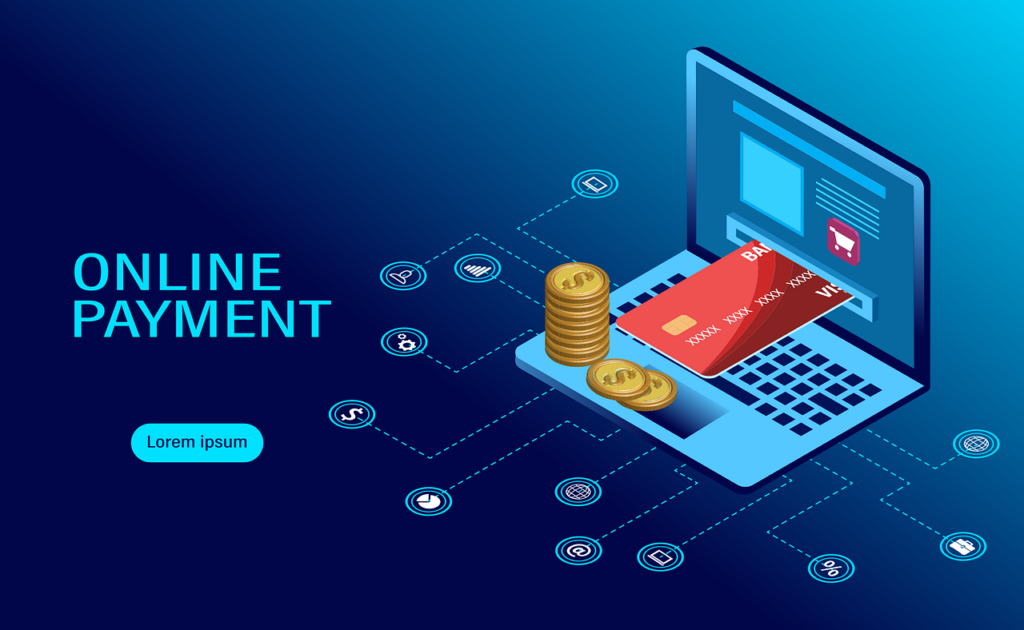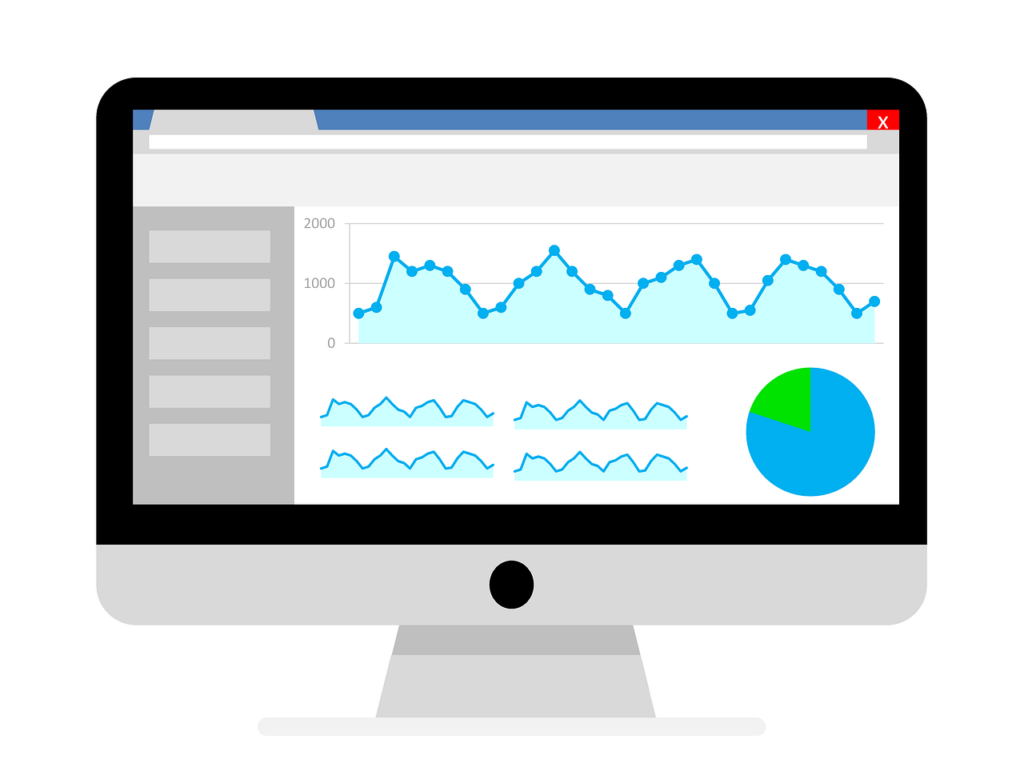Introduction
Steps to Getting Started with eCommerce: Starting an eCommerce business is an exciting opportunity to reach a global market right from your computer. However, the process involves careful planning and execution to ensure success. This article provides a detailed roadmap for aspiring entrepreneurs on how to get started with eCommerce, highlighting each critical step.
Step 1: Market Research and Niche Selection
Identifying Your Niche
The first step in launching an eCommerce business is choosing the right niche. Consider areas where you have personal interest or expertise, and use tools like Google Trends to analyze potential market demand and competition.
Analyzing the Competition
Understanding who your competitors are and what they offer can help you find a niche that is underserved. Use SEMrush to perform competitor analysis and identify gaps in the market that you can fill.

Step 2: Business Planning and Legal Considerations
Developing a Business Plan
Outline your business goals, target audience, pricing strategy, and marketing plan in a detailed business plan. This document will serve as a roadmap for your business and is essential for attracting investors, if needed.
Registering Your Business
Choose an appropriate business structure (LLC, corporation, etc.) and register your business to comply with legal requirements. Check LegalZoom or similar services for guidance on setting up your business legally.
Step 3: Setting Up Your eCommerce Platform
Choosing the Right Platform
Select an eCommerce platform that fits your business needs. Popular options include Shopify, WooCommerce, and BigCommerce. Consider factors like ease of use, scalability, and integration capabilities.
Building Your Online Store
Design a user-friendly website that reflects your brand. Ensure that it’s optimized for search engines and mobile devices. If you’re not tech-savvy, consider hiring a web developer or using the built-in templates and tools provided by your chosen eCommerce platform.

Step 4: Sourcing and Managing Products
Finding Suppliers
If you’re not manufacturing your own products, you’ll need to find reliable suppliers. Platforms like Alibaba and AliExpress are popular for sourcing products. Ensure that your suppliers are reputable and can meet your quality and delivery standards.
Inventory Management
Decide whether you will hold inventory or use a dropshipping model, which allows you to avoid holding any stock. Tools like Oberlo can help you manage a dropshipping model effectively by linking you directly with suppliers.
Step 5: Launching Marketing Campaigns
Developing a Marketing Strategy
Create a comprehensive marketing strategy that includes SEO, content marketing, social media, and paid advertising. Utilize Google Ads and social media platforms to reach your target audience effectively.
Engaging with Customers
Build relationships with your customers through regular communication, excellent customer service, and engagement on social media. Tools like MailChimp can help you manage email campaigns and keep in touch with your customer base.

Step 6: Analytics and Optimization
Monitoring Performance
Use Google Analytics to track your website’s performance and customer behavior. This data is crucial for understanding what works and what needs improvement.
Continuous Improvement
Regularly update your website, test new marketing tactics, and refine your product offerings based on customer feedback and performance data. Staying adaptable and responsive to the market is key to long-term success.
Conclusion: Steps to Getting Started with eCommerce
Starting an eCommerce business requires careful planning and execution across multiple areas. By following these steps, you can build a solid foundation for your online store and increase your chances of success in the competitive eCommerce landscape.


